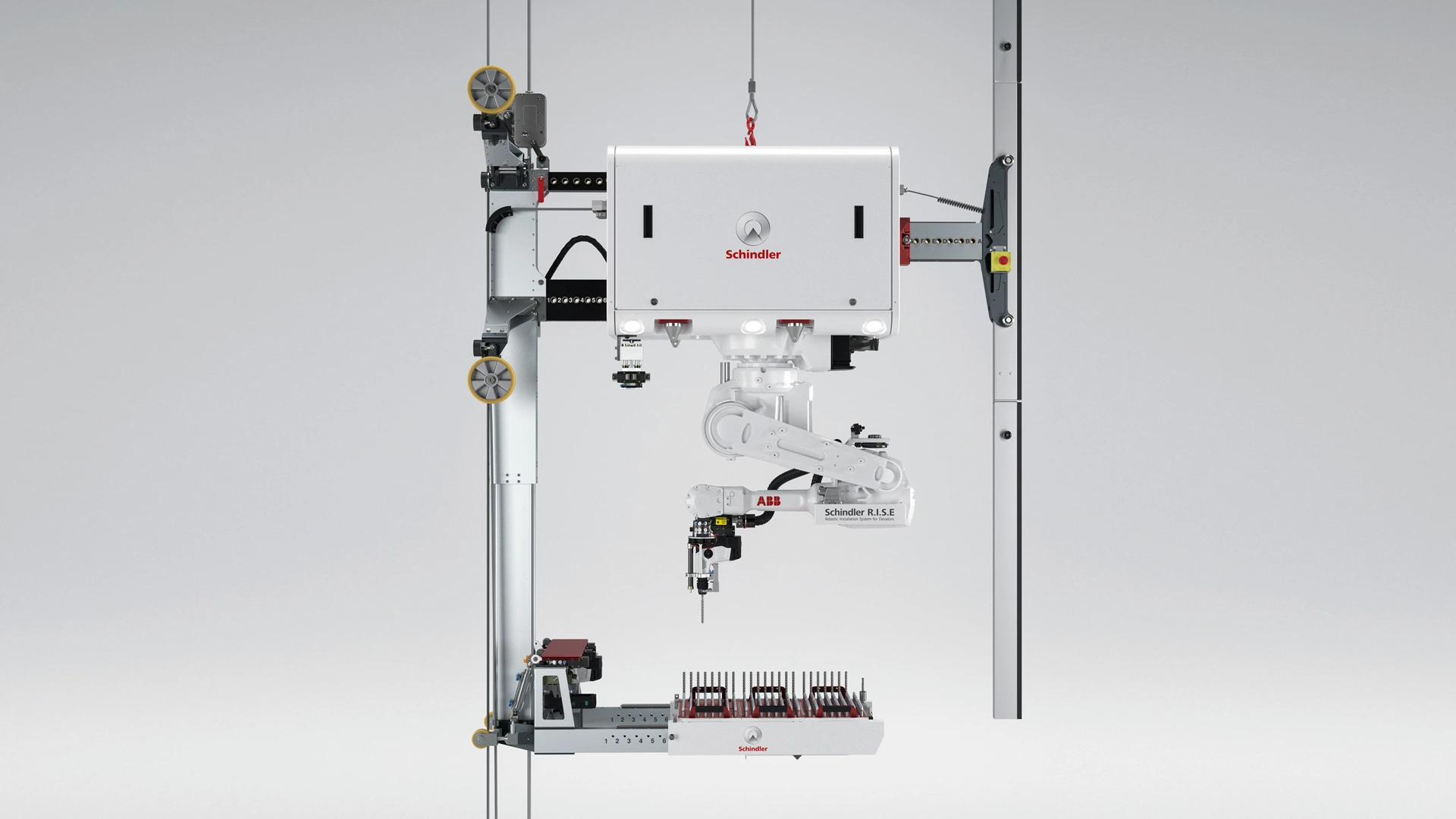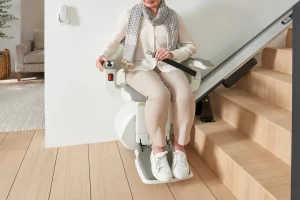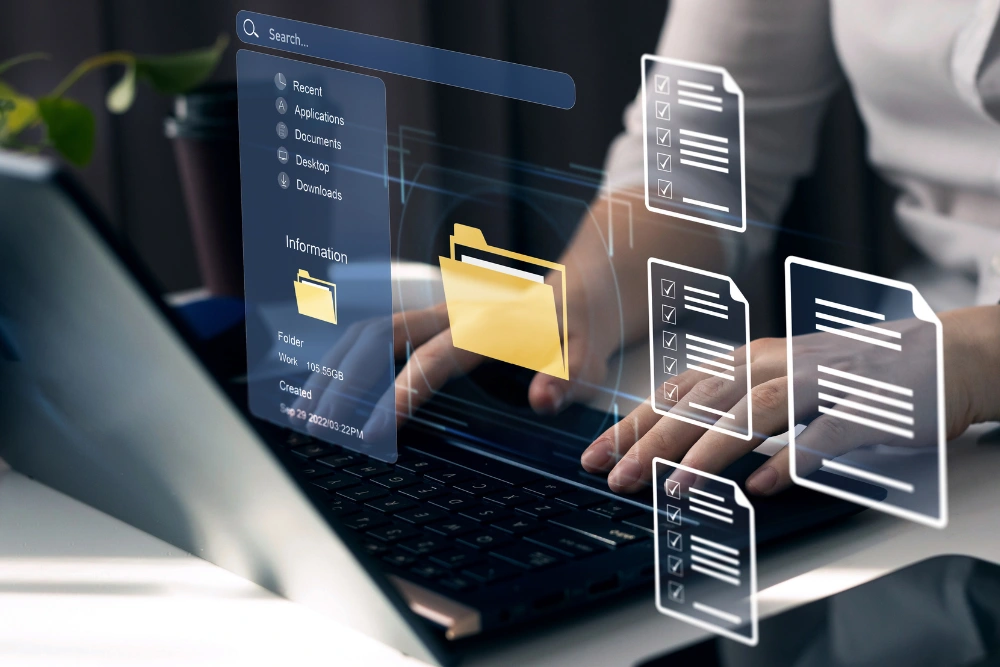As demand for efficient transportation systems grows, the need for reliable transfer lift installation escalates. However, complexities, errors, and delays often hinder this process, resulting in costly downtime. Fortunately, innovative software solutions emerge as a game-changer, revolutionizing lift installation. By harnessing advanced technologies, these solutions can transform the installation process. But how do they achieve this, and what benefits can stakeholders expect from their adoption?
Key Takeaways
- Advanced software solutions enable precise 3D modeling, minimizing installation errors and downtime for transfer lifts.
- Seamless communication and collaboration among stakeholders are facilitated through innovative software tools.
- Software-driven protocols optimize installation sequences, reducing logistical complexities and ensuring efficient resource allocation.
- Real-time simulation and testing validate mechanical and electrical components, ensuring smooth lift operation and enhanced passenger experience.
- Streamlined installation processes reduce project timelines and costs, improving profitability and competitiveness for manufacturers.
Overcoming Installation Challenges
In the complex landscape of lift installation, inherent obstacles can impede the installation process for transfer lifts, underscoring the need for innovative software solutions that can effectively overcome these challenges. Accurate calculations, precise measurements, and seamless communication are essential to guarantee a smooth installation process. By leveraging advanced software, stakeholders can mitigate risks, reduce errors, and enhance collaboration, ultimately streamlining the installation methods for transfer lifts.
Streamlining Transfer Lift Installations
Precise 3D modeling software enables lift manufacturers to create detailed digital replicas of transfer lifts, facilitating the identification and resolution of potential installation hurdles prior to the physical setup. This streamlines the installation process for transfer lifts, reducing errors and downtime. By leveraging software solutions, manufacturers can optimize the installation process, ensuring a seamless and efficient experience for all stakeholders involved.
The Role of Software in Installation
Software-driven installation protocols enable lift manufacturers to meticulously plan and execute the installation process for transfer lifts, thereby minimizing logistical complexities and ensuring a smooth shift from design to deployment. By leveraging advanced software tools, manufacturers can optimize the installation sequence, allocate resources efficiently, and reduce errors, resulting in a streamlined and efficient installation process.
Ensuring Seamless Lift Operation
Efficient lift operation hinges on meticulous synchronization of mechanical and electrical components, which can be achieved through advanced simulation and modeling tools that facilitate real-time testing and validation of lift systems. This guarantees that the installation process for transfer lifts is optimized, resulting in smoother and more reliable operation, thereby enhancing the overall passenger experience.
Optimizing Installation Process Efficiency
By streamlining the installation process for transfer lifts, lift manufacturers and installers can greatly reduce project timelines and costs, ultimately leading to improved profitability and competitiveness in the market. This can be achieved through software solutions that enable efficient planning, precise component tracking, and real-time collaboration. These tools optimize the installation process, ensuring a seamless and efficient experience for all stakeholders involved.
Frequently Asked Questions
Can Software Solutions Reduce the Installation Process for Transfer Lifts Timeline?
By streamlining workflows and automating tasks, software solutions can reduce the installation process for transfer lifts timeline, resulting in faster project completion, improved efficiency, and enhanced customer satisfaction.
How Do Software Solutions Ensure Compliance With Lift Installation Regulations?
Software solutions guarantee compliance with lift installation regulations by integrating regulatory requirements, automating permit management, and providing real-time quality control checks, thereby mitigating risks and guaranteeing adherence to industry standards and codes.
Are Software Solutions Compatible With Different Types of Transfer Lifts?
Software solutions are designed to be adaptable and versatile, ensuring seamless integration with various types of transfer lifts, including hydraulic, traction, and pneumatic lifts, to facilitate efficient installation processes and optimize performance.
Can Software Solutions Assist in Identifying Potential Installation Site Hazards?
Yes, software solutions can help in identifying potential installation site hazards by analyzing site conditions, evaluating risk factors, and providing real-time alerts, thereby enabling proactive mitigation measures to guarantee a safe and efficient installation process.
Do Software Solutions Provide Real-Time Installation Process Monitoring and Updates?
Real-time installation process monitoring and updates are indeed facilitated by software solutions, enabling proactive issue resolution, enhanced collaboration, and optimized resource allocation, thereby ensuring a streamlined and efficient installation process for transfer lifts.
Conclusion
The integration of software solutions in transfer lift installations has been pivotal in mitigating inherent challenges, ensuring seamless collaboration, and enhancing operational reliability. By leveraging advanced 3D modeling, accurate calculations, and optimized installation sequences, stakeholders can minimize errors, reduce downtime, and improve passenger experience. As the industry continues to evolve, the strategic deployment of software solutions will remain essential in empowering mobility and streamlining transfer lift installations.
Also Read: Exploring Wayzata Healthcare Facilities






